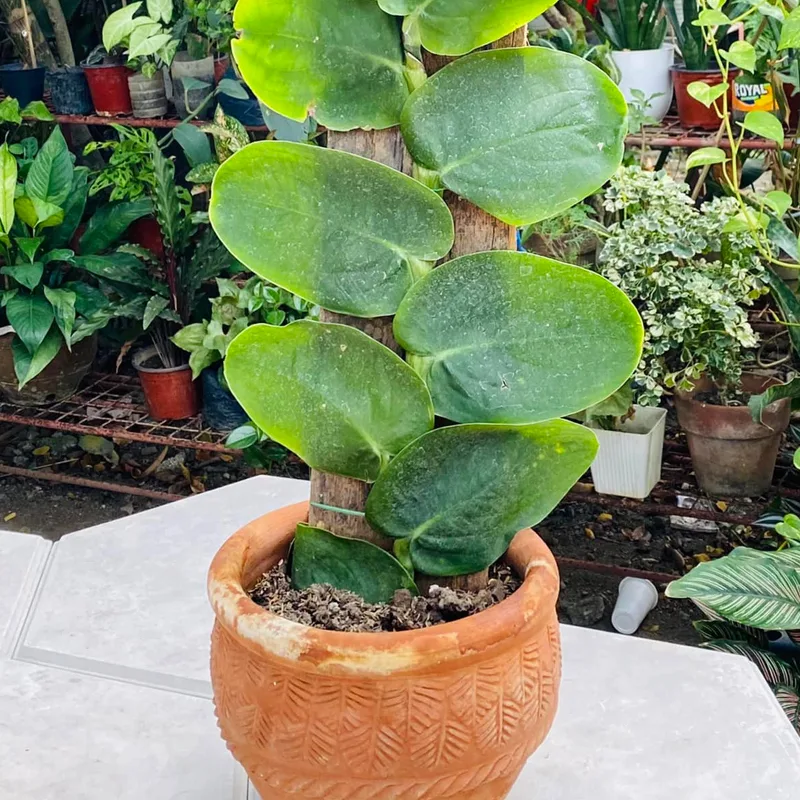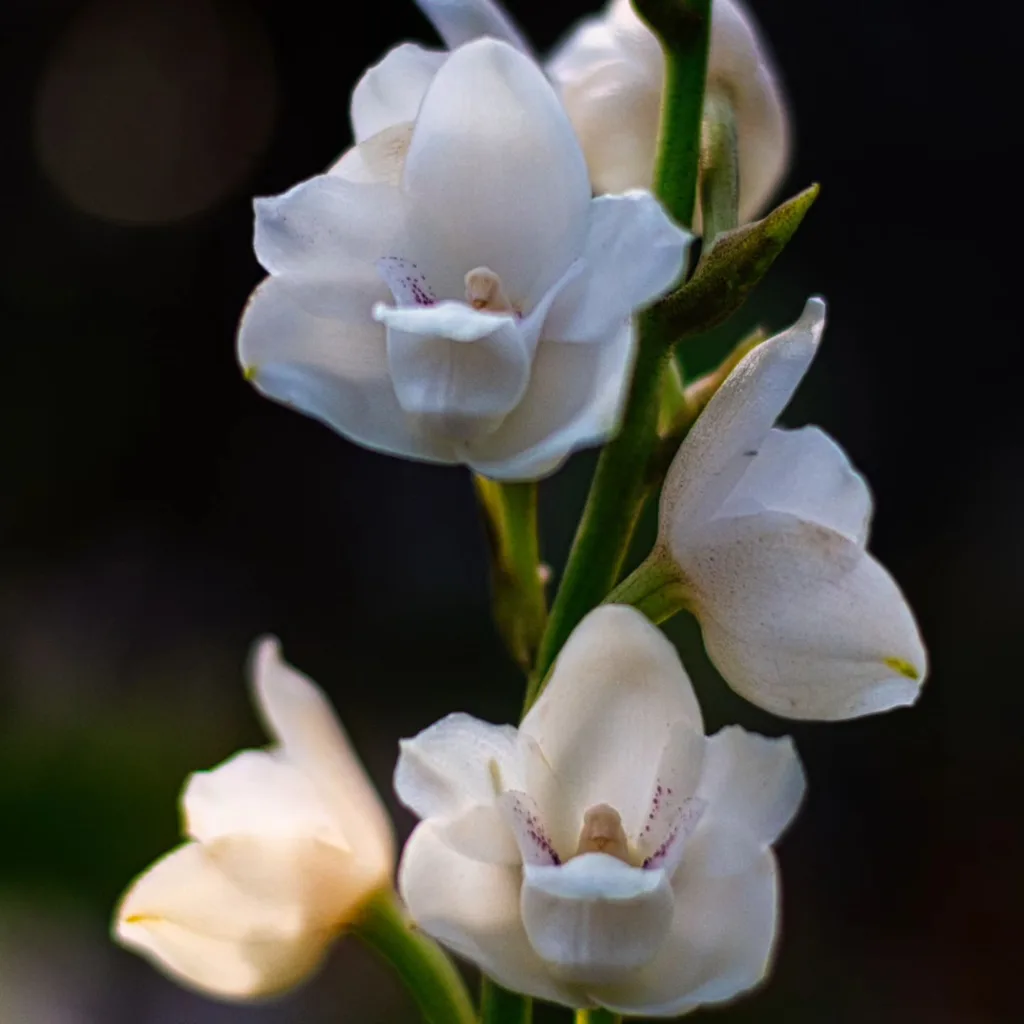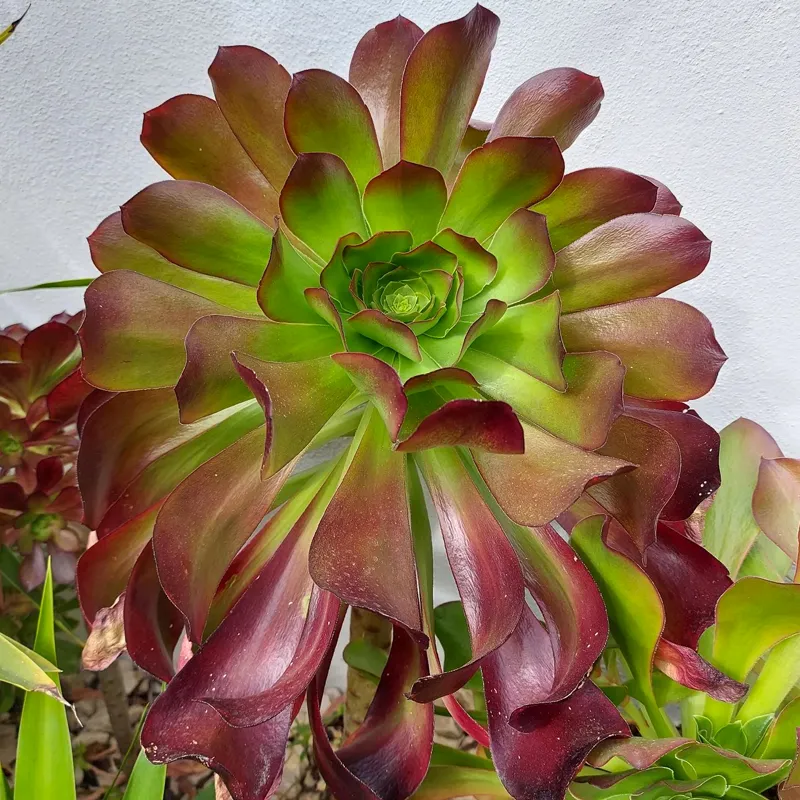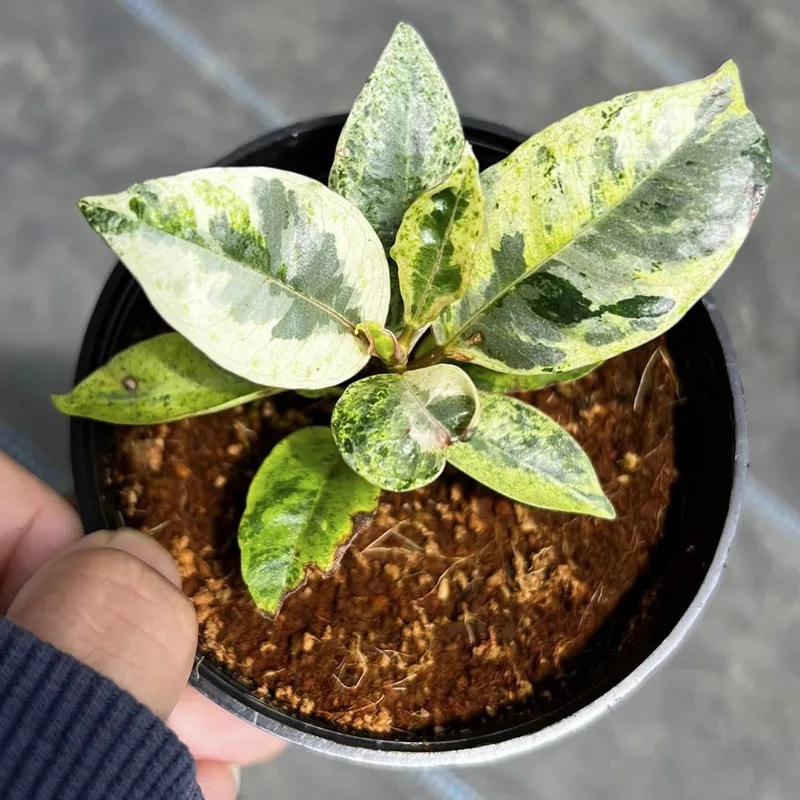Lampranthus: A World of Shining Flowers
My name is Ferb Vu, and I’m fascinated by the genus Lampranthus, belong to family Aizoaceae. These succulent plants, native to the southern regions of Africa, are a true spectacle when in bloom. The name itself, derived from the Greek words “lampros” (shining) and “anthos” (flower), speaks volumes about their vibrant beauty. Imagine carpets of dazzling colors, ranging from fiery reds and oranges to serene pinks and purples, blanketing the landscape. This is the magic of Lampranthus.
Why I’m Drawn to Lampranthus
What captivates me most about these plants is their resilience. They thrive in harsh environments, often found in rocky outcrops and coastal areas, where other plants struggle to survive. Their succulent leaves, adapted to store water, allow them to endure long periods of drought. This hardiness, coupled with their stunning floral displays, makes them a favorite among gardeners and botanists alike.
But it’s not just their beauty and resilience that intrigue me. Lampranthus plays a vital role in its ecosystem. The vibrant flowers attract a myriad of pollinators, including bees, butterflies, and even birds. These pollinators, in turn, help maintain biodiversity in the region.
Diving Deep into Lampranthus Diversity
The genus Lampranthus boasts a rich diversity, with over 90 recognized species. Each species possesses unique characteristics, contributing to the overall splendor of the genus. Here are:
- Lampranthus acrosepalus (L.Bolus) L.Bolus
- Lampranthus aduncus (Haw.) N.E.Br.
- Lampranthus alboroseus Klak
- Lampranthus altistylus N.E.Br.
- Lampranthus amabilis L.Bolus
- Lampranthus antonii L.Bolus
- Lampranthus arenarius H.E.K.Hartmann
- Lampranthus arenicola L.Bolus
- Lampranthus aureus (L.) N.E.Br.
- Lampranthus bicolor (L.) N.E.Br.
- Lampranthus blandus (Haw.) Schwantes
- Lampranthus borealis L.Bolus
- Lampranthus calcaratus (Wolley-Dod) N.E.Br.
- Lampranthus caudatus L.Bolus
- Lampranthus ceriseus (L.Bolus) L.Bolus
- Lampranthus coccineus (Haw.) N.E.Br.
- Lampranthus convexus (L.Bolus) L.Bolus
- Lampranthus coralliflorus (Salm-Dyck) N.E.Br.
- Lampranthus debilis (Haw.) N.E.Br.
- Lampranthus densipetalus (L.Bolus) L.Bolus
- Lampranthus diffusus (L.Bolus) N.E.Br.
- Lampranthus dilutus N.E.Br.
- Lampranthus diutinus (L.Bolus) N.E.Br.
- Lampranthus dregeanus (Sond.) N.E.Br.
- Lampranthus dubitans (L.Bolus) L.Bolus
- Lampranthus dulcis (L.Bolus) L.Bolus
- Lampranthus edwardsiae (L.Bolus) L.Bolus
- Lampranthus emarginatoides (Haw.) N.E.Br.
- Lampranthus emarginatus (L.) N.E.Br.
- Lampranthus erratus N.E.Br.
- Lampranthus esterhuyseniae L.Bolus
- Lampranthus explanatus (L.Bolus) N.E.Br.
- Lampranthus falcatus (L.) N.E.Br.
- Lampranthus falciformis (Haw.) N.E.Br.
- Lampranthus fergusoniae L.Bolus
- Lampranthus filicaulis (Haw.) N.E.Br.
- Lampranthus francesiae H.E.K.Hartmann
- Lampranthus fugitans L.Bolus
- Lampranthus glaucoides (Haw.) N.E.Br.
- Lampranthus glaucus (L.) N.E.Br.
- Lampranthus globosus L.Bolus
- Lampranthus glomeratus (L.) N.E.Br.
- Lampranthus godmaniae (L.Bolus) L.Bolus
- Lampranthus haworthii (Donn ex Haw.) N.E.Br.
- Lampranthus hiemalis (L.Bolus) L.Bolus
- Lampranthus holensis L.Bolus
- Lampranthus immelmaniae (L.Bolus) N.E.Br.
- Lampranthus intervallaris L.Bolus
- Lampranthus lavisii (L.Bolus) L.Bolus
- Lampranthus laxifolius (L.Bolus) N.E.Br.
- Lampranthus leipoldtii (L.Bolus) L.Bolus
- Lampranthus lewisiae (L.Bolus) L.Bolus
- Lampranthus macrostigma L.Bolus
- Lampranthus marginatus (L.Bolus) H.E.K.Hartmann
- Lampranthus mariae (L.Bolus) L.Bolus
- Lampranthus microstigma (L.Bolus) N.E.Br.
- Lampranthus montaguensis (L.Bolus) L.Bolus
- Lampranthus multiradiatus (Jacq.) N.E.Br.
- Lampranthus mutans (L.Bolus) N.E.Br.
- Lampranthus nardouwensis (L.Bolus) L.Bolus
- Lampranthus otzenianus (Dinter) Friedrich
- Lampranthus pakhuisensis (L.Bolus) L.Bolus
- Lampranthus pakpassensis H.E.K.Hartmann
- Lampranthus pauciflorus (L.Bolus) N.E.Br.
- Lampranthus paucifolius (L.Bolus) N.E.Br.
- Lampranthus peacockiae (L.Bolus) L.Bolus
- Lampranthus peersii (L.Bolus) N.E.Br.
- Lampranthus plautus N.E.Br.
- Lampranthus pleniflorus L.Bolus
- Lampranthus pocockiae (L.Bolus) N.E.Br.
- Lampranthus procumbens Klak
- Lampranthus productus (Haw.) N.E.Br.
- Lampranthus promontorii (L.Bolus) N.E.Br.
- Lampranthus purpureus L.Bolus
- Lampranthus reptans (Aiton) N.E.Br.
- Lampranthus rupestris (L.Bolus) N.E.Br.
- Lampranthus scaber (L.) N.E.Br.
- Lampranthus schlechteri (Zahlbr.) L.Bolus
- Lampranthus sociorum (L.Bolus) N.E.Br.
- Lampranthus spectabilis (Haw.) N.E.Br.
- Lampranthus spiniformis (Haw.) N.E.Br.
- Lampranthus staminodiosus Schwantes
- Lampranthus stanfordiae L.Bolus
- Lampranthus stayneri (L.Bolus) N.E.Br.
- Lampranthus stenopetalus (L.Bolus) N.E.Br.
- Lampranthus stenus (Haw.) N.E.Br.
- Lampranthus stipulaceus (L.) N.E.Br.
- Lampranthus subaequalis (L.Bolus) L.Bolus
- Lampranthus swartbergensis (L.Bolus) N.E.Br.
- Lampranthus tenuifolius (L.) N.E.Br.
- Lampranthus umbraticola Klak & Strydom
- Lampranthus uniflorus (L.Bolus) L.Bolus
- Lampranthus vallis-gratiae (Schltr. & A.Berger) N.E.Br.
- Lampranthus vanzijliae (L.Bolus) N.E.Br.
- Lampranthus verecundus (L.Bolus) N.E.Br.
- Lampranthus vernalis (L.Bolus) L.Bolus
- Lampranthus watermeyeri (L.Bolus) N.E.Br.
- Lampranthus zeyheri (Salm-Dyck) N.E.Br.
The Importance of Lampranthus Conservation
Despite their resilience, Lampranthus species face threats due to habitat loss and climate change. It’s crucial to recognize the importance of conserving these plants, not just for their aesthetic value but also for their ecological significance. By protecting their natural habitats and promoting sustainable cultivation practices, we can ensure that future generations continue to marvel at the beauty of Lampranthus.
My Personal Connection with Lampranthus
My fascination with Lampranthus goes beyond mere admiration. I believe these plants embody a powerful message of resilience and adaptation. In a world facing increasing environmental challenges, Lampranthus serves as a reminder of nature’s ability to thrive even in the harshest conditions. Their vibrant blooms, emerging from seemingly barren landscapes, symbolize hope and the enduring beauty of the natural world.
I find great joy in cultivating Lampranthus in my own garden. It’s a rewarding experience to witness these plants flourish under my care, their vibrant flowers bringing life and color to my surroundings. I also make a conscious effort to educate others about the importance of conserving these remarkable plants.
Looking Ahead
My journey with Lampranthus is far from over. I’m eager to learn more about the lesser-known species, delve deeper into their ecological roles, and contribute to their conservation. I believe that by sharing my passion for these plants, I can inspire others to appreciate the beauty and resilience of the natural world.
In the words of the great naturalist John Muir, “In every walk with nature, one receives far more than he seeks.” My exploration of Lampranthus has been a testament to this truth. It has not only enriched my understanding of the plant kingdom but also deepened my connection to the natural world.
If i die, water my plants!



